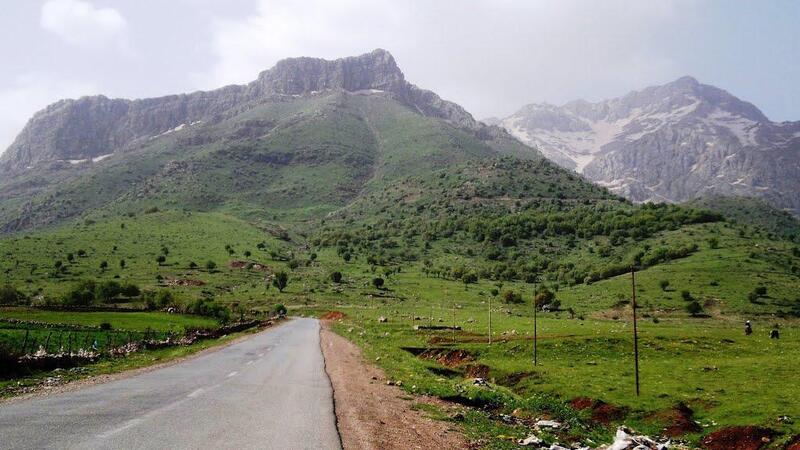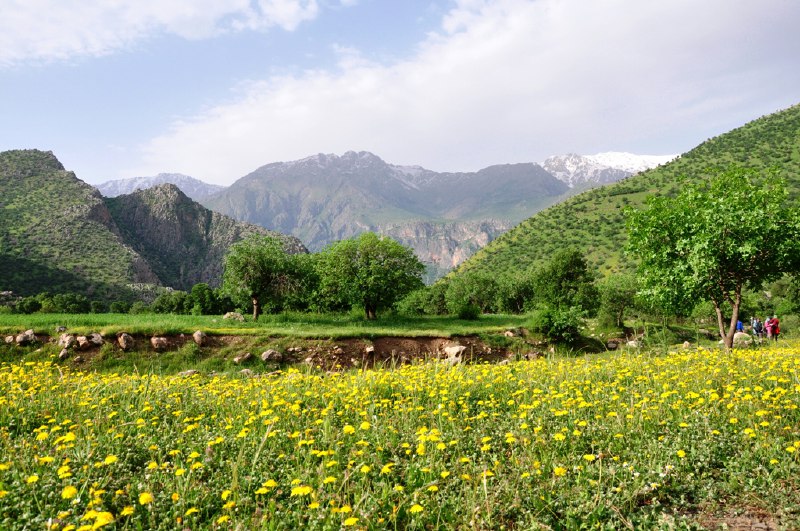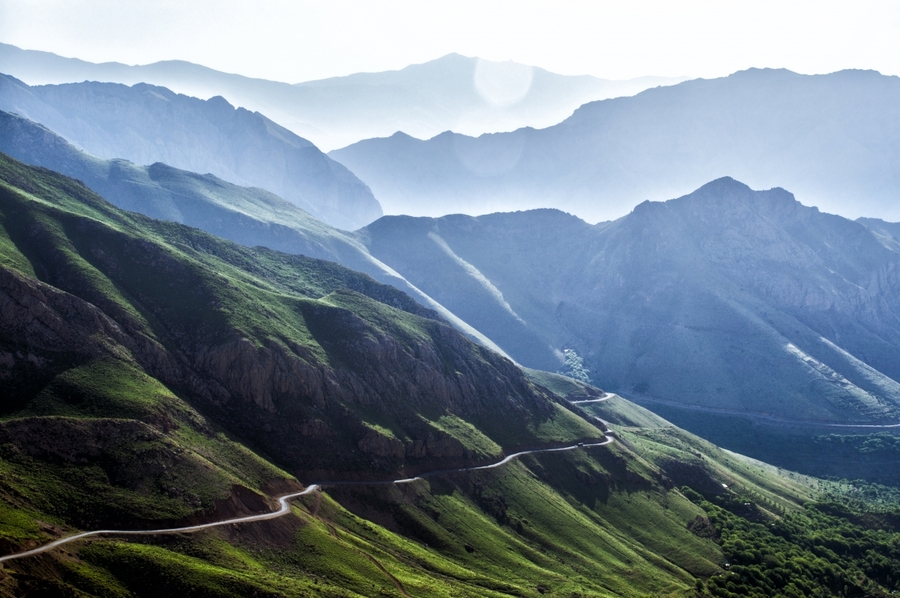Shaho Mountain is one of the highest mountains in the Zagros Mountains, located between the provinces of Sna (Sanandaj) and Kermashan in the eastern part of Kurdistan. The mountain range is 10 to 15 kilometers wide and 55 kilometers long, extending from east of Sulaimani (in southern Kurdistan) to northern Rwansar (in eastern Kurdistan). The highest peak of Shaho is 3390 meters above sea level.
Shaho consists of several different mountains and is therefore called Mountain. Mount Shaho has a cold climate due to its height and there is always snow on the peaks. The annual rainfall is 500-600 mm in the southern parts and 800 mm in the northern parts.
Some of the most important mountains of Shaho are Gawl, Qalagur, Nanawezha, Hollawr, Taqasafid, Takhtsani, Pirkhidir, and Shur.

Shaho is home to a number of animals such as tigers, jackals, wolves, bears, foxes, bears, partridge, and wild goats, which must be protected by the Iranian government's environmental protection organization, but this law is not only ignored but even violated by government officials themselves.
Shaho is located near the Sirwan River, and the cave "Quri Qala" is one of the special and unique caves of Shaho. Quri Qala Cave has become an important historical and tourist attraction that many tourists from all over Kurdistan and Iran visit every year.

Quri Qala is the largest water cave in Asia, located in the northwest of Kermashan on the Kermashan-Pawa (Paveh) road. So far, only 13 kilometers of the cave have been discovered by cavers and they have not yet reached the end. One of the characteristics of this cave is that it has several halls, including: "The Hall of Zinah (purgatory) and the Hall of the Bride.
Some people believe that the length of this cave is as far as the territory of the Southern part of Kurdistan, and has a long historical background, and some historical objects have been found in it, including some objects decorated with pictures of poultry hunters, coins, and human skulls. Only one animal lives in the cave, a kind of bat.

There are dozens of species of flowers and plants in the heights of Shaho, some of which can be mentioned: Buzhana, Chnur, Barzalang, warkamar, and Fritillaria. There are also several plants that the local people often use for food, such as wild thyme, artichoke, pichk, surabna, baraza, and mushrooms.
There are also several aromatic plants used for diseases and trees such as “oak, wild pistachio, tangaz, almond, and cherries” in the Shaho Mountains.
Many wells in the foothills of Shaho provide agricultural water as well as drinking water to the cities of Rwansar, Pawa, and villages.
The summer houses are temporary settlements in the Shaho Heights where shepherds go from late spring to autumn. Some of the famous resorts of Shaho are Sheykh Aziz, Hana Shaho, Hawara Barza, etc.

Because Shaho is mountainous and very high, the road to the mountains is difficult. There are several ways to climb the Shaho mountains, one of which is from Shimsher or Tazawa village and Dewaznaw village. Although there are many other ways, the two mentioned above are the easiest.
Historians have shown that people of the Stone Age lived in the caves of the Shaho slopes around Rwansar, Quri Qala, and Hajij more than 40,000 years ago, and their remains are still there in these places. Another human settlement dating back to 3,000 years ago is near the village of Rwar, located on the northern slopes of Shaho.









